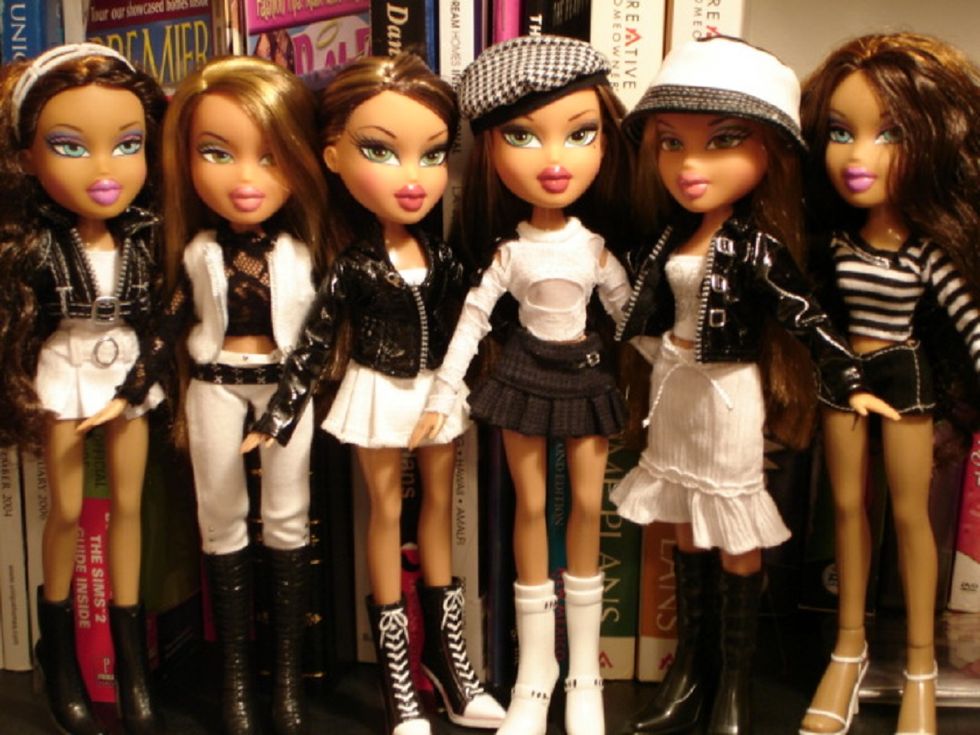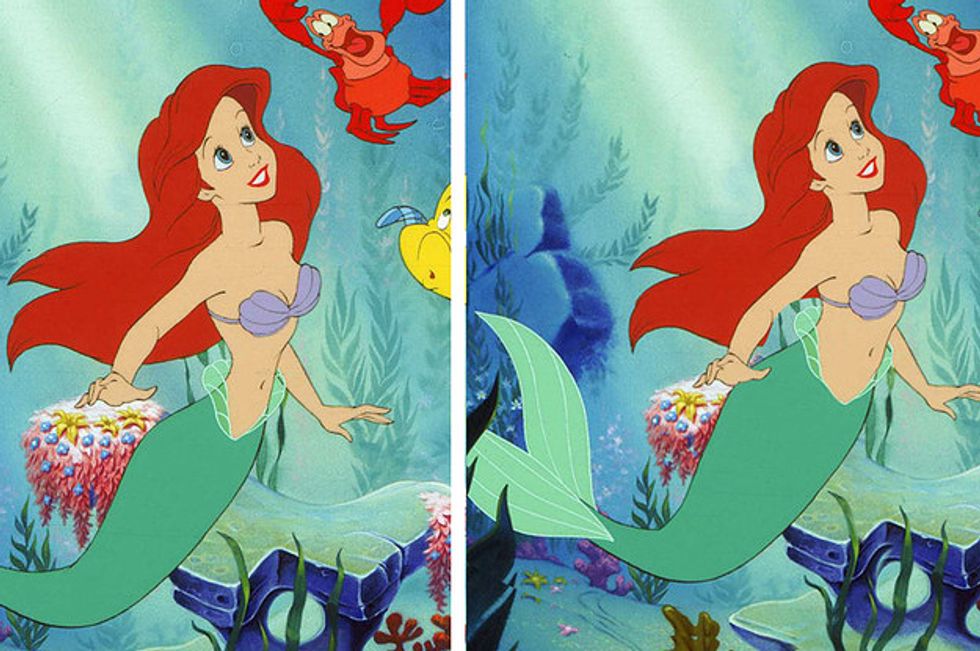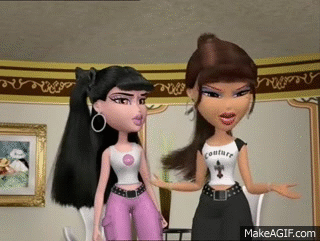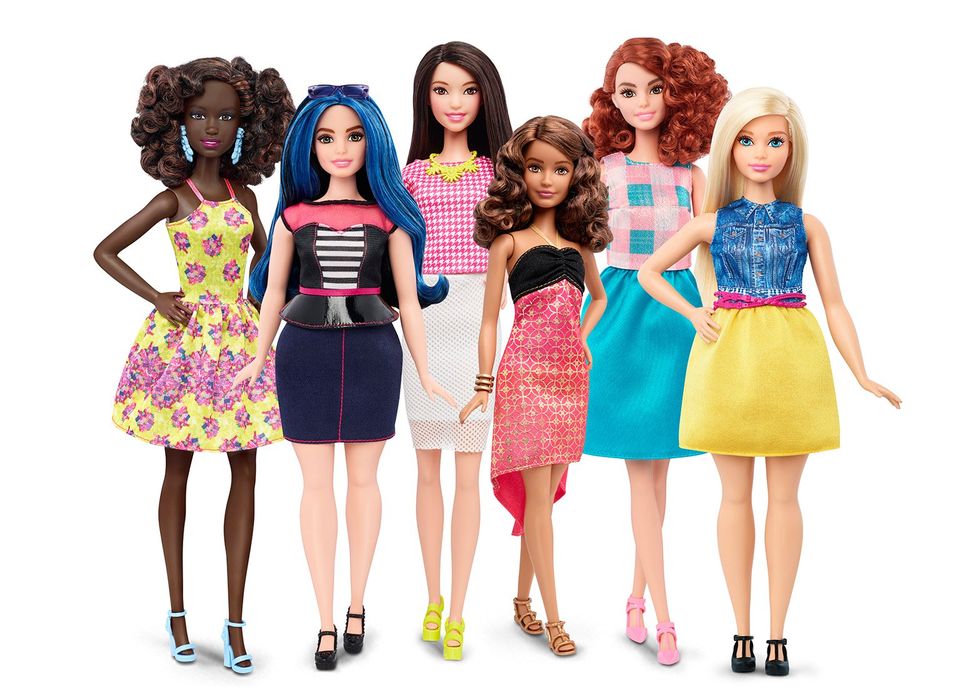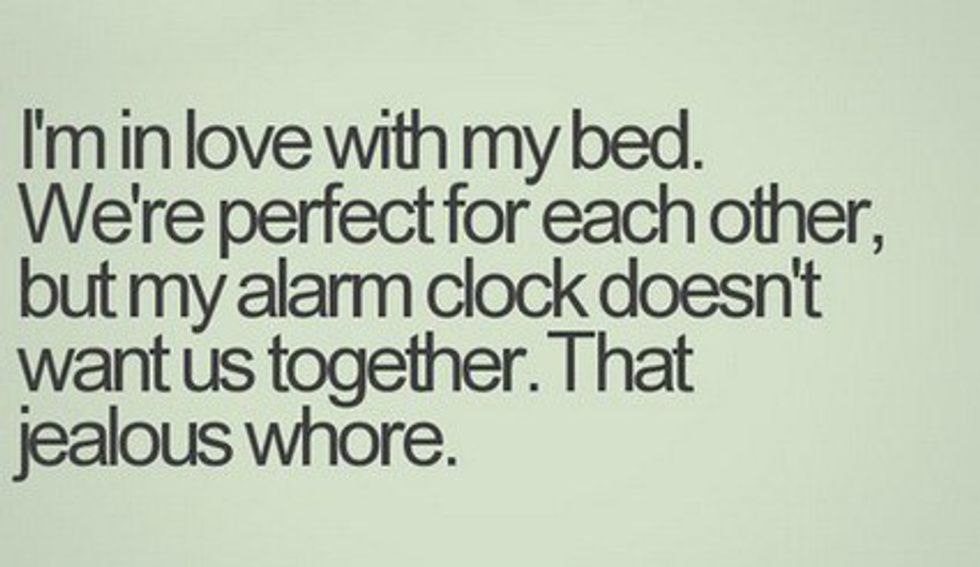There have been a lot of articles and discussions floating around lately of what girls are exposed to and how it shapes their perception of themselves. One major topic is how the damage starts at a young age with dolls and cartoons and how it sets the foundation for how a girl will see herself and the world around her growing up.
There are endless articles claiming that dolls like Barbie and Bratz as well as Disney Princesses make girls insecure. They say that they make girls insecure about their bodies and are terrible role models who teach girls that they need to be saved by a man.
If you’ve been on the internet lately then you have to have seen at least one article showing Disney Princesses with “realistic” bodies. Instead of the typical cartoonish, pencil-thin waistlines, they depict them with much fuller figures. They say that these are the bodies that girls must see and aspire to in order to not grow up with body image issues.
However, this argument that a doll or a cartoon will have so much influence on a young girls’ perception of herself that she will grow up having a warped sense of reality is utterly ridiculous. No doubt there may be a rare case where that may happen, but the chances are slim.
Myself, my sister, and many of my friends grew up playing with Barbie and Bratz dolls and watching Disney Princess movies. When playing with dolls, a six-year-old girl isn’t going to be focusing on the dolls body type and how she can look more like that doll. All a kid is really going to care about is what story they can come up with to play out, brushing their hair, and putting pretty clothes on it.
The same deal goes for Disney Princess movies. Did we really care about Ariel’s small waist as a child? Did Cinderella really make us feel like we needed to rely on a Prince Charming to come save us? Was the main thing we learned from Belle that we could not be strong, independent women? What we paid any attention to at all was the songs and the story. If anything, we took positive messages from the characters.
And yet, supposed studies are telling us that these things are severely damaging to a girls’ psyche. So people either turn away from them entirely, or try to change them to make them more “realistic.”
At the same time though, while trying to uplift others by making them appeal to one type of body, you isolate another group of people entirely. These re-drawings of Disney princesses say that the ideal body type is that of someone who is heavier and curvy. There are plenty of people in the world who do not fit that standard, plenty of people are very thin and can’t help that they look that way either.
A couple years ago, Mattel debuted a new line of Barbie dolls that would encompass all shapes and sizes. This line of dolls took the movement to a positive new direction because it recognized that not everyone looks the same and tried to include everyone on the spectrum.
But what’s really going to influence a child is not the characters that fill their imagination with fun, but the adults around them who project these ideas of insecurity onto their children. If you truly believe that the size of a Barbie dolls waist is offensive, maybe you’re projecting that insecurity onto a child close to you. A doll on its own is not going to make a young girl feel bad about herself.
The bottom line is, Barbie’s, Bratz, and Disney Princesses are not real. They are cartoons and are meant to look like cartoons, not real people. Young girls are not going to look at them as bad influences as adults would. They only see fun and imagination in them and that’s what we should leave it at. Let kids be kids.

